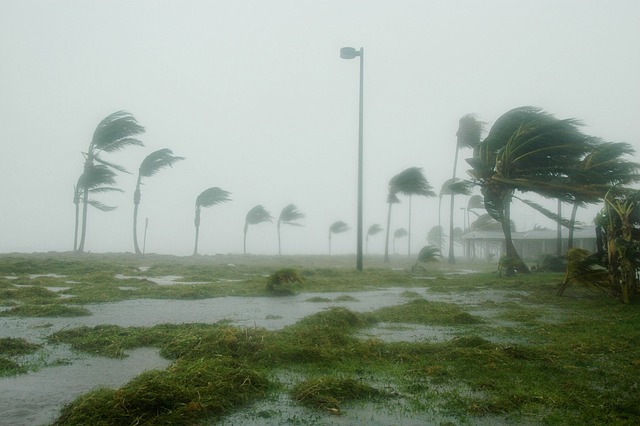
Hurricane Helene, a powerful Category 4 storm, has made landfall in Florida, bringing with it life-threatening winds, torrential rains, and dangerous storm surges. The National Hurricane Center (NHC) has issued severe warnings for coastal areas, urging residents to evacuate or take shelter. More than 40 million people across the state are under alert, with the potential for widespread destruction and flooding.
Helene’s Path and Impact
Hurricane Helene has followed a trajectory similar to past storms like Hurricanes Ian and Idalia, which also wreaked havoc on Florida in recent years. According to meteorologists, the storm intensified as it moved over warm waters in the Gulf of Mexico, reaching sustained winds of over 130 mph before hitting Florida’s Big Bend region. As of this morning, Helene’s landfall marks one of the most significant hurricanes to strike the state this year.
The biggest threats posed by Helene are storm surges, which are expected to exceed 10 feet in some areas, and flash flooding caused by relentless rainfall. Early reports from the affected regions indicate substantial damage to homes, businesses, and critical infrastructure. Emergency response teams are on high alert, ready to provide aid and ensure the safety of residents trapped or displaced by the storm.
Emergency Preparedness and Response
Florida Governor Ron DeSantis declared a state of emergency days before Helene made landfall, mobilizing the National Guard and other first responders to assist with rescue operations and recovery efforts. Residents in high-risk zones were urged to evacuate early, while emergency shelters were set up across the state to accommodate evacuees. FEMA has also coordinated efforts with local authorities to prepare for widespread power outages and resource shortages.
Authorities warn that the aftermath of the hurricane could be prolonged, with floodwaters potentially lingering for days or even weeks. Public safety officials stress the importance of avoiding flooded roads, staying indoors, and following local evacuation orders. The state’s power companies are also bracing for extensive outages, with over 500,000 residents already reported to be without electricity as of midday.
Comparisons to Previous Storms
Hurricane Helene is being compared to Hurricanes Ian and Idalia, both of which devastated parts of Florida in recent memory. While each storm followed a similar path, experts note that Helene’s intensification over warm waters and its sheer size make it one of the most dangerous hurricanes to hit Florida in the last decade.
As recovery efforts begin, Florida residents are urged to stay informed through local news and weather reports. The storm’s aftermath will likely require weeks of cleanup and rebuilding, underscoring the need for ongoing vigilance as the Atlantic hurricane season continues.
Conclusion
Hurricane Helene’s landfall serves as a sobering reminder of the power and unpredictability of nature. As Floridians brace for the worst, the nation watches closely, hoping for the best while preparing for a long recovery process.


